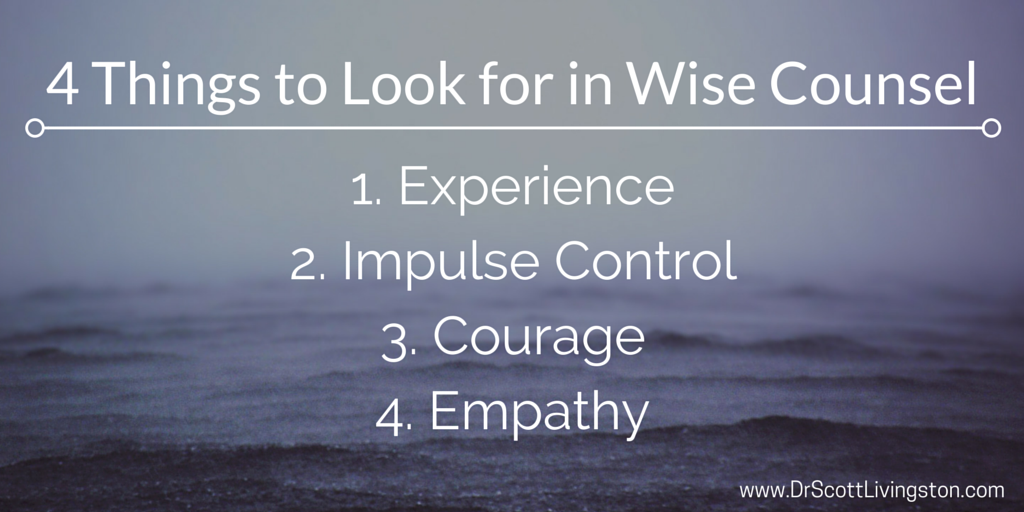Last summer my wife Kim and I ran a “Hit & Run 5K” This was a traditional 5k with an obstacle course built into the run. It was a blast, and even though my 5K time was pathetic, we laughed so hard it made my side hurt. As you ran this 5K you would come up to an obstacle that had to be navigated in order to continue the course. These obstacles were of the blow-up variety, so they all had some bounce to them and many of them included a water feature as well.
One of the obstacles we had to traverse was a rubber air mattress that had plastic pillars all around it that were filled with air. People stood behind the pillars and pushed them into you as you ran across the mattress. Their goal was to knock you off balance so that you could not go straight through the course and finish the obstacle. These pillar pushers were trying to keep you from hitting your goal time.
Many of you, during this week between the Christmas holiday and the New Year, find yourself on such an obstacle course. You are trying to get in some meaningful family time while closing out 2015 and preparing for 2016. It is like your family, 2015, and 2016, are plastic airfield pillars that are trying to knock you off course, inhibiting your ability to finish the race you are running.
There is an important leadership concept that is continuing to surface in the leadership literature, and my guess is that it is only going to get more study time as the years go on.
What I am going to continue to reinforce with those I train and coach is the idea of Rejuvenation.
If you are going to run through an obstacle course, from time to time you need to recharge your batteries. No leader can stay on the course, being battered from all sides, all the time.
Henry Thompson, in his most excellent book The Stress Effect states that leaders have an effective energy zone they run in. If the stress gets too high, they can be subject to burn out. If the stress is too low, they can rust out. As you prepare for 2016, how are you going to be intentional with your rejuvenation?
I hope you didn’t miss that last sentence. If you did, go back and read it again.
Here is the key: Be intentional with rejuvenation.
Leaders face immense stress and pressure from all parts of the organization and their lives. You have to be equipped to handle the stress that is going to come your way. One of the best ways to be equipped is to plan for different types of rejuvenating events.
Here are some tips to help you rejuvenate as your day goes along:
Be self-aware of the impact that stress of others can have on you. Many of us have a habit of picking up on the emotional stress that others bring when we interact with them. Own what you can own, but do not be subject to stress that someone else is feeling. Be empathetic instead of sympathetic with them.
Pay attention to what you eat for breakfast and lunch. I had a conversation with my physician recently about my diet. I told him I loved hamburgers. You see I really lovvvvve hamburgers. I just know that when I eat one, I go into a food coma for about 3 hours. So, if I have one for lunch, I might as well take the rest of the day off.
Drink 100 ounces of water every day. This will rejuvenate your cells as they dehydrate. It wall also get you up and moving to the restroom more which will give you the short break you need to refocus when you get back to your desk.
Find an exercise you like and commit to it. I love my boot camp and exercising 5 days a week. It works for me. It might not for you. Try yoga, try walking in the park, get a dog and walk it. Ride your bike. I know this one isn’t new, but if you are going to rejuvenate and be an effective leader, you have to find some way to release the cortisol that is accumulating in your muscles throughout the day.
Find a leadership group to join. Talking with like-minded peers is therapeutic. When done once a month for an hour or two , it can revitalize your energy. There is real power in sharing where you are in your leadership life and hearing where others are as well.
Get a coach. If you have some intense conversations that need to be released, there is nothing like a coaching relationship to help you clear your head so you can navigate your leadership course.
Homework: Pick one of the 6 Leadership Rejuvenators outlined above and implement it starting the first week in January. Commit to doing this one thing for the next 6 months and see if you can notice any change in your leadership energy. If you decide to implement one of these, please let us know. We would love to hear your story so we can learn and grow as well.




















